Butyldi-1-adamantylphosphine
Synonym(s):Di(1-adamantyl)-n-butylphosphine
- CAS NO.:321921-71-5
- Empirical Formula: C24H39P
- Molecular Weight: 358.54
- MDL number: MFCD05861606
- EINECS: 691-708-4
- SAFETY DATA SHEET (SDS)
- Update Date: 2025-02-23 21:28:46
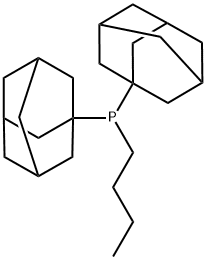
What is Butyldi-1-adamantylphosphine?
Physical properties
Butyldi-1-adamantylphosphine is a white to yellow solid with a melting point of 100°C and an estimated boiling point of 449.6±12.0°C. Store at room temperature, it is air sensitive.
The Uses of Butyldi-1-adamantylphosphine
suzuki reaction
The Uses of Butyldi-1-adamantylphosphine
CataCXium A is a catalyst. CataCXium A is an electron-rich phosphine ligand used for palladium catalyzed cross-coupling reactions like Heck and Suzuki coupling reactions.
The Uses of Butyldi-1-adamantylphosphine
cataCXium A or di-adamantylalkylphosphine is a bulky and electron-rich phosphine ligand that is highly effective for palladium catalyzed cross-coupling reactions such as Heck and Suzuki coupling, Buchwald-Hartwig amination of aryl chlorides, and α-arylation reactions of ketones.
Other applications:
- palladium-catalyzed carbonylation of aryl and heteroaryl halides
- palladium-catalyzed synthesis of (hetero)aromatic nitriles
- palladium-catalyzed aminocarbonylation of aryl halides
General Description
Sold in collaboration with Solvias AG
Synthesis
Phosphonium salt (2.2 mmol) was added to a cooled solution (- 78 ??C) of
Et3N
(4.44 g, 44 mmol) in di-n-butyl ether (20 mL). The reaction mixture was
stirred at -78 ??C for 5 h and then allowed to warm gradually to r.t.
The solvent was removed under vacuum and the residue was dissolved in
degassed EtOH (5 mL). After stirring for 15 min, the solid was filtered
off and dried to yield the desired phosphine, which can be further
purified by crystallization from EtOH. Butyldi-1-adamantylphosphine,
yield 90%.
31P NMR (C6D6)|?: 24.9. Mp 108-110??C. IR (KBr): 3425 (m, br),
2952 (s), 2847 (s), 2847 (s), 2675 (w), 1446 cm-1 (m). 1H NMR (250 MHz,
C6D6): |? = 0.96 (3 H, t, 3JH, H = 7.3 Hz, CH3), 1.35-2.03 (36 H, m,
adamantyl-30H, butyl-6H). 13C NMR (62 MHz, C6D6): |? = 41.3 (d, 2JC,P =
11.3 Hz, C-2), 37.4 (C-4), 36.1 (d, 1JC,P = 23.5 Hz, C-1), 33.9 (d,
1JC,P = 26.2 Hz, butyl-|á -CH2), 29.1 (d, 3JC,P = 7.6 Hz, C-3), 24.9 (d,
2JC,P = 13.1 Hz, butyl-|? -CH2), 17.1 (d, 3JC,P = 21.6 Hz, butyl-|? -CH2),
14.3 (butyl-CH3). MS (EI, 70 eV): m/z (%) = 358 (M+, 60), 135 (Ad+,
100).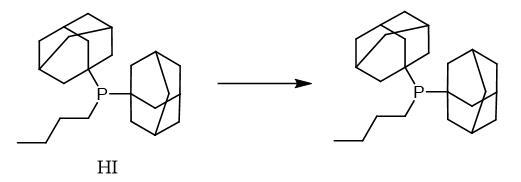
Properties of Butyldi-1-adamantylphosphine
| Melting point: | 100°C |
| Boiling point: | 449.6±12.0 °C(Predicted) |
| storage temp. | Inert atmosphere,Room Temperature |
| form | Powder |
| color | white to yellow |
| Sensitive | air sensitive |
| BRN | 8726448 |
| InChI | InChI=1S/C24H39P/c1-2-3-4-25(23-11-17-5-18(12-23)7-19(6-17)13-23)24-14-20-8-21(15-24)10-22(9-20)16-24/h17-22H,2-16H2,1H3 |
| CAS DataBase Reference | 321921-71-5 |
Safety information for Butyldi-1-adamantylphosphine
| Signal word | Warning |
| Pictogram(s) |
 Exclamation Mark Irritant GHS07 |
| GHS Hazard Statements |
H315:Skin corrosion/irritation H319:Serious eye damage/eye irritation H335:Specific target organ toxicity, single exposure;Respiratory tract irritation |
| Precautionary Statement Codes |
P261:Avoid breathing dust/fume/gas/mist/vapours/spray. P271:Use only outdoors or in a well-ventilated area. P280:Wear protective gloves/protective clothing/eye protection/face protection. |
Computed Descriptors for Butyldi-1-adamantylphosphine
| InChIKey | HTJWUNNIRKDDIV-UHFFFAOYSA-N |
| SMILES | P(CCCC)(C12CC3CC(CC(C3)C1)C2)C12CC3CC(CC(C3)C1)C2 |
New Products
Ethyl 3,3- diethoxypropionate 7-Bromo-2-chloroquinoxaline N-Benzyl-3-hydroxypiperidine 2-(4-bromophenyl)-2-methylpropanoic acid Benzylacetoacetate Radiator Flux Zinc Chloride Solution (All Grades) Phenylazomalononitrile 2-Fluoro-6-iodobenzoic acid 3-(4-bromo-3-methyl-2-oxo-2,3-dihydro-1H-benzo[d]imidazol-1-yl)piperidine-2,6-dione 2,3-Difluoro-6-methoxybenzyl Chloride 2-(6-(benzyloxy)-3,4-dihydronaphthalen-2-yl)-4,4,5,5-tetramethyl-1,3,2-dioxaborolane Ethyl2-oxo-2,3,9,10-tetrahydro-1H-pyrido[3',4':4,5]pyrrolo[1,2,3-de]quinoxaline-8(7H)-carboxylate Acetyl-meldrum's acid 3-(hexyloxy)-4-(pyridin-3-yl)-1,2,5-thiadiazole 2-Hexyn-1-ol Dibenzo-18-crown-6 2-Propanamine, 1-chloro-, hydrochloride (9CI) 3-Pyridineacetonitrile, α-hydroxy- 3-Iodophenylacetic acid N Ethylmethylamine Ethyl Methanesulfonate N N' DimethylEthylenediamine Lead II BromideRelated products of tetrahydrofuran


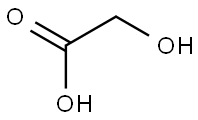
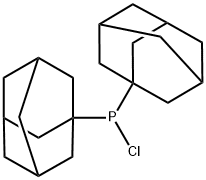
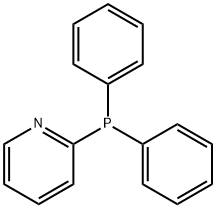

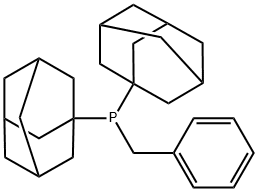
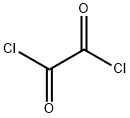
You may like
-
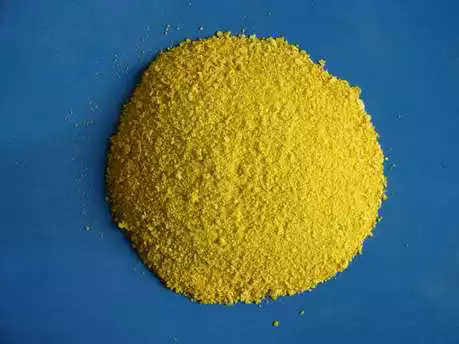 321921-71-5 Di(1-adamantyl)-n-butylphosphine 98%View Details
321921-71-5 Di(1-adamantyl)-n-butylphosphine 98%View Details
321921-71-5 -
 cataCXium® A CAS 321921-71-5View Details
cataCXium® A CAS 321921-71-5View Details
321921-71-5 -
![4-chloro-7H-pyrrolo [2,3-d]pyrimidine 3680-69-1 98%](https://img.chemicalbook.in//Content/image/CP5.jpg) 4-chloro-7H-pyrrolo [2,3-d]pyrimidine 3680-69-1 98%View Details
4-chloro-7H-pyrrolo [2,3-d]pyrimidine 3680-69-1 98%View Details
3680-69-1 -
 4'-Benzyloxy-2-bromopropiophenone 98%View Details
4'-Benzyloxy-2-bromopropiophenone 98%View Details
35081-45-9 -
 53928-30-6 98%View Details
53928-30-6 98%View Details
53928-30-6 -
 5162-90-3 2-Amino-3-(1,2-dihydro-2-oxoquinoline-4-yl)propanoic acid 97%View Details
5162-90-3 2-Amino-3-(1,2-dihydro-2-oxoquinoline-4-yl)propanoic acid 97%View Details
5162-90-3 -
 4-(4-Chlorobenzyl)-2-(1-methylazepan-4-yl)phthalazin-1(2H)-one hydrochloride 98 %View Details
4-(4-Chlorobenzyl)-2-(1-methylazepan-4-yl)phthalazin-1(2H)-one hydrochloride 98 %View Details
79307-93-0 -
 (R)-2-amino-N-benzyl-3-methoxypropanamide 98%View Details
(R)-2-amino-N-benzyl-3-methoxypropanamide 98%View Details
196601-69-1
